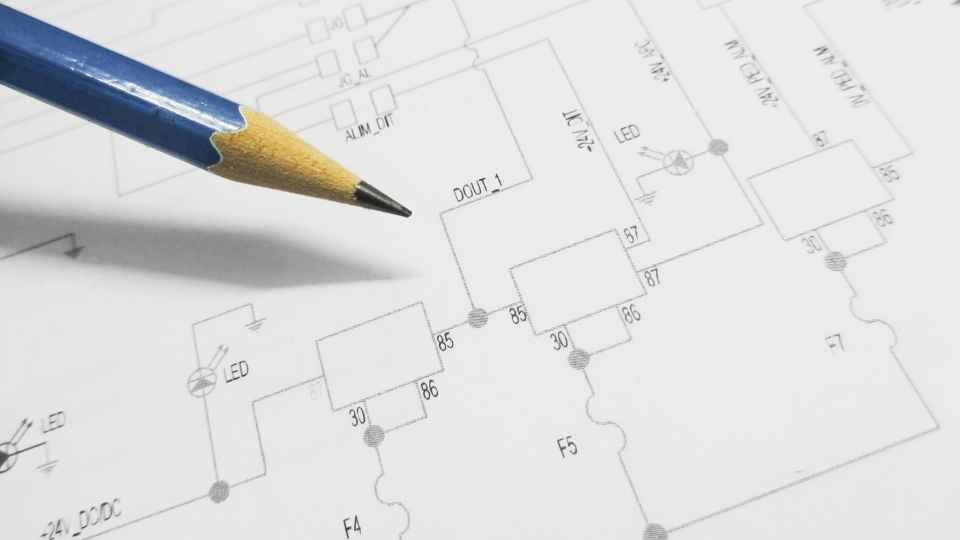
As an avid technology enthusiast, I find myself constantly intrigued by the world of transistors. From the fundamental NPN and PNP transistors to the more complex field-effect and advanced transistor technologies, there is a whole universe waiting to be explored.
In this article, we will embark on a journey to decode the mysteries behind these essential electronic components and delve into their applications in our ever-evolving digital world.
So join me as we unravel the secrets of transistors together!
Key Takeaways
- NPN transistors consist of two layers of n-type material and a layer of p-type material, while PNP transistors have three layers of semiconductor material.
- NPN transistors have electrons as the majority charge carriers, while PNP transistors have holes as the majority charge carriers.
- NPN transistors are commonly used in digital logic circuits, audio amplifiers, and power control applications, while PNP transistors are preferred for applications requiring negative voltage supplies or positive ground systems.
- Understanding the differences between NPN and PNP transistors is crucial for circuit design.
The Basics of NPN Transistors
Now, let's dive into the basics of NPN transistors and see how they work.
An NPN transistor is a three-layer semiconductor device that amplifies or switches electronic signals. It consists of two layers of n-type material sandwiched between a layer of p-type material.
The 'N' in NPN stands for negative, indicating that the majority charge carriers are electrons. When a small current flows into the base terminal, it controls a much larger current flowing from the collector to the emitter terminals.
This amplification occurs due to the interaction between minority charge carriers (holes) in the p-layer and majority charge carriers (electrons) in the n-layers.
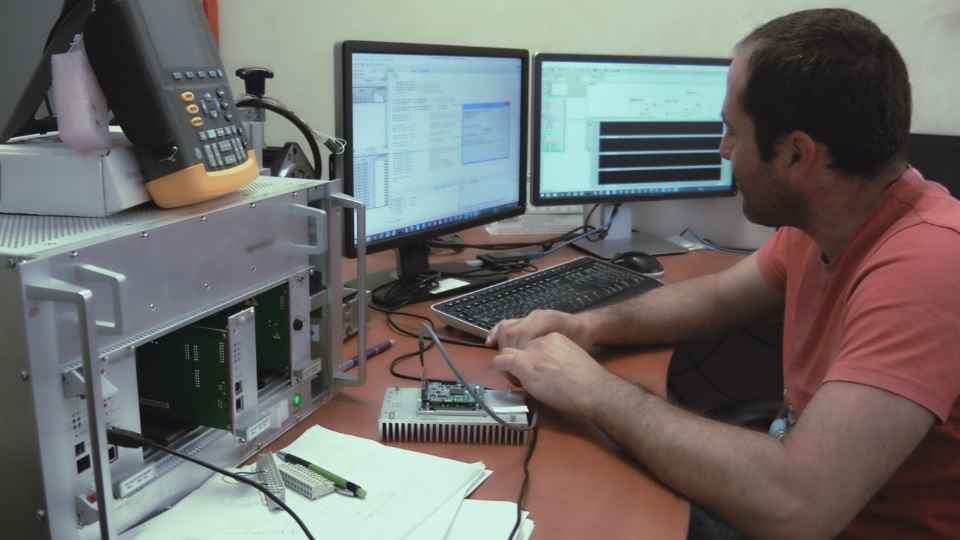
NPN transistors are commonly used in digital logic circuits, audio amplifiers, and power control applications due to their high gain and low resistance characteristics.
Understanding how these transistors function is essential for building more complex electronic systems with freedom and creativity.
Understanding PNP Transistors
Understanding PNP transistors is crucial for comprehending the world of electronic devices. These transistors function as current amplifiers with three layers of semiconductor material, forming two pn junctions.
In PNP transistors, the majority charge carriers are holes, and they operate based on opposite principles compared to NPN transistors.
PNP Vs NPN
The main difference between PNP and NPN transistors is the direction of current flow.
In a PNP transistor, the current flows from the emitter to the base and then to the collector.
On the other hand, in an NPN transistor, the current flows from the collector to the base and then to the emitter.
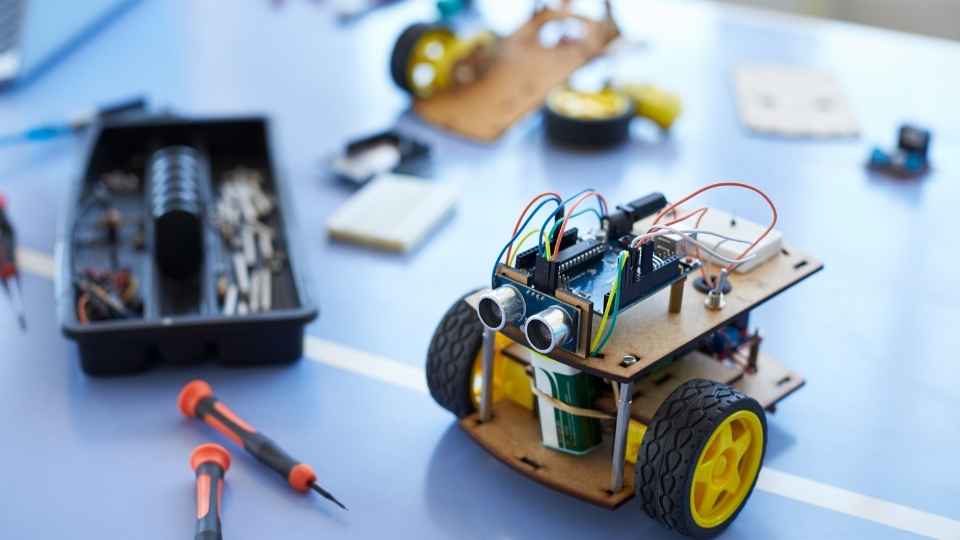
This distinction affects how these transistors are used in electronic circuits.
For instance, when it comes to amplification, NPN transistors are commonly used for signal amplification because they have higher gain values and better performance compared to PNP transistors.
However, PNP transistors are preferred for applications where negative voltage supplies are required or when dealing with positive ground systems.
Understanding these differences between PNP and NPN transistors is crucial for designing circuits that meet specific requirements.
Whether you're building audio amplifiers or digital logic circuits, choosing the right type of transistor ensures optimal performance and functionality in your projects.
Operating Principles and Characteristics
To ensure optimal performance and functionality in your projects, it's important to understand the operating principles and characteristics of these types of transistors. Here are some key points to consider:
Biasing: Transistors require proper biasing to operate correctly. This involves applying the right voltage and current levels to each terminal.
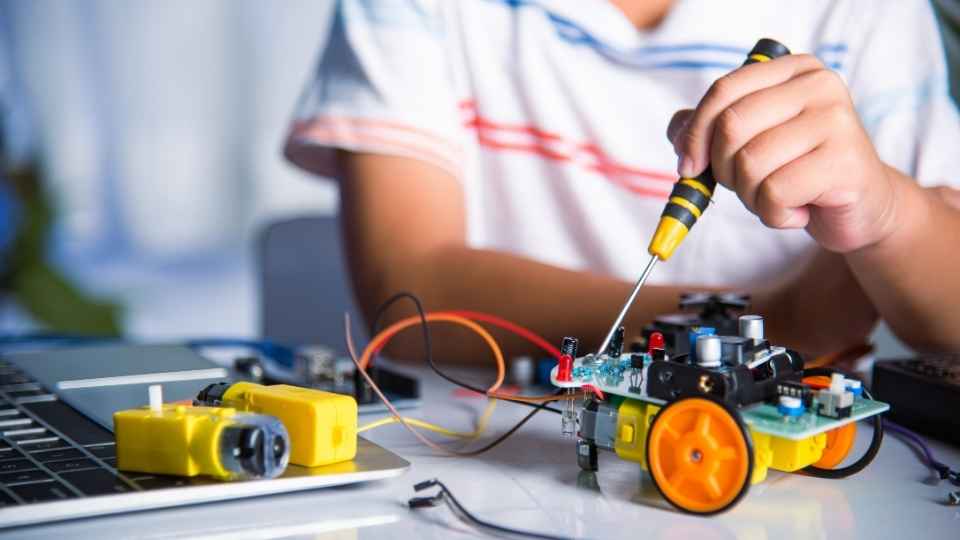
Amplification: Transistors are primarily used for amplifying signals. They can increase the strength of a weak signal, allowing it to be processed or transmitted effectively.
Switching: Transistors can also act as electronic switches, turning on or off the flow of current based on input signals.
Temperature Sensitivity: Transistors are sensitive to temperature changes, which can affect their performance and reliability.
Understanding these operating principles and characteristics will enable you to design circuits that make efficient use of transistors, ensuring freedom in exploring various applications and achieving desired outcomes in your projects.
Exploring Bipolar Transistors
As I delve into the world of transistors, it's crucial to explore the realm of bipolar transistors. These devices play a vital role in electronic circuits and offer distinct advantages over their MOSFET counterparts.
Bipolar Vs. Mosfets
Don't underestimate the power of bipolar transistors compared to MOSFETs. While MOSFETs have gained popularity in recent years, bipolar transistors still hold their ground when it comes to certain applications. Here's why:
Higher current handling capabilities: Bipolar transistors can handle higher currents compared to MOSFETs, making them ideal for power amplification and high-power switching applications.

Lower voltage drop: Bipolar transistors have a lower voltage drop across their collector-emitter junction, resulting in less power dissipation and increased efficiency.
Faster switching speeds: Bipolar transistors offer faster switching speeds, making them suitable for high-frequency applications such as radio frequency amplifiers.
Better linearity: Unlike MOSFETs, bipolar transistors exhibit better linearity in their operation, ensuring accurate signal reproduction and low distortion.
Understanding the strengths and limitations of both bipolar transistors and MOSFETs is essential for selecting the right transistor for your specific application needs.
Transitioning into the next section about 'working principle explained,' let's dive deeper into how these two types of transistors function.
Working Principle Explained
Understanding how bipolar transistors and MOSFETs work is crucial in selecting the right transistor for your application.
Let's start with bipolar transistors. These transistors are made up of three layers of semiconductor material, P-N-P or N-P-N, which form two PN junctions. The middle layer acts as a base, while the other two layers are the emitter and collector. By applying a small current to the base-emitter junction, a larger current can flow between the collector and emitter. This allows for amplification of signals.
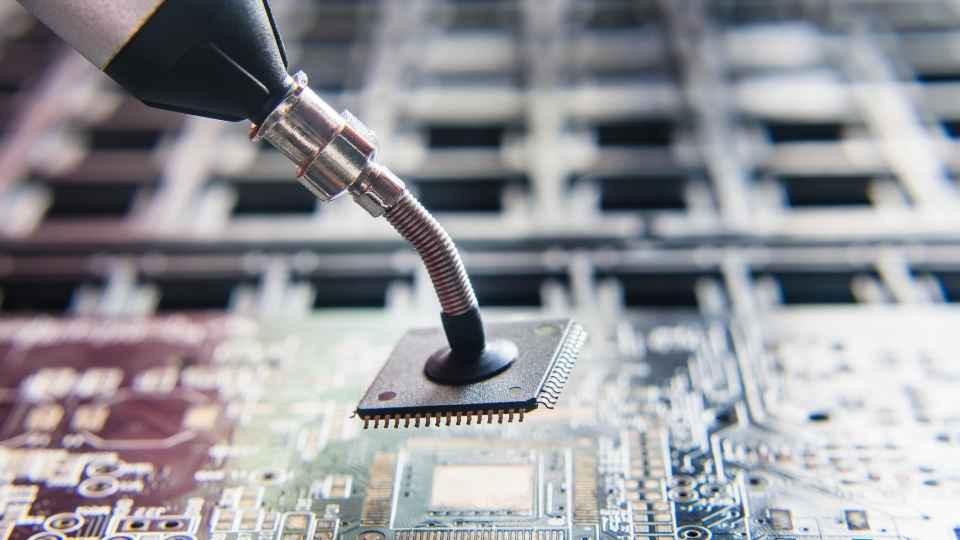
On the other hand, MOSFETs (Metal-Oxide-Semiconductor Field-Effect Transistors) use an insulated gate to control the flow of charge carriers through a channel between source and drain terminals. When a voltage is applied to the gate terminal, it creates an electric field that controls whether the channel is open or closed. This makes MOSFETs ideal for high-frequency applications.
Now that we've covered bipolar transistors and MOSFETs, let's delve into an introduction to field-effect transistors.
Introduction to Field-Effect Transistors
Field-effect transistors, also known as FETs, are electronic devices that control the flow of current using an electric field. Here are four key aspects to understand about FETs:
Types: There are two main types of FETs - the Junction Field-Effect Transistor (JFET) and the Metal-Oxide-Semiconductor Field-Effect Transistor (MOSFET). Each has its own unique characteristics and applications.
Operation: FETs work by modulating the conductivity of a semiconductor channel through the application of an external voltage or electric field. This allows for precise control over current flow.
Advantages: Compared to other types of transistors, FETs offer several advantages including high input impedance, low power consumption, and fast switching speeds.
Applications: FETs find extensive use in various electronic devices such as amplifiers, switches, sensors, and integrated circuits due to their versatility and performance capabilities.

Understanding these fundamental concepts about FETs sets the stage for exploring more advanced transistor technologies in the world beyond.
The World Beyond: Advanced Transistor Technologies
Advanced transistor technologies offer enhanced performance and greater functionality for a wide range of electronic applications. These cutting-edge advancements have revolutionized the world of electronics, enabling faster processing speeds, higher power efficiency, and smaller form factors.
One such technology is the Fin Field-Effect Transistor (FinFET), which has overcome the limitations of traditional planar transistors by introducing a 3D architecture. This design allows for better control over leakage currents and improves transistor switching speed.
Another breakthrough is the Tunnel Field-Effect Transistor (TFET), which leverages quantum tunneling to achieve ultra-low power consumption. By utilizing this phenomenon, TFETs can operate at extremely low voltages while maintaining high performance, making them ideal for energy-efficient devices.
Furthermore, there are also emerging transistor technologies like Spin-Field Effect Transistors (SFETs) that exploit electron spin rather than charge to store and process information. These SFETs hold potential for developing new paradigms in computing and memory storage.
With these advanced transistor technologies, the possibilities seem endless. As technology continues to evolve, we can expect further improvements in performance and functionality, providing us with even more freedom to explore innovative electronic applications.
Unraveling the Mysteries of Mosfets
As I delve deeper into the world of transistors, one component that has always intrigued me is the MOSFET. This acronym stands for Metal-Oxide-Semiconductor Field-Effect Transistor and it plays a crucial role in modern electronics.

Here are four key points to unravel the mysteries of MOSFETs:
Structure: A MOSFET consists of three main parts - the source, gate, and drain. These terminals are connected to different regions within the transistor.
Operation: Unlike traditional bipolar junction transistors, MOSFETs work based on an electric field rather than current flow. The gate voltage controls the conductivity between source and drain.
Types: There are two main types of MOSFETs - N-channel and P-channel, depending on whether they use n-type or p-type semiconductors.
Advantages: MOSFETs offer high switching speeds, low power consumption, and excellent noise immunity compared to other transistor technologies.
Understanding these fundamental aspects of MOSFETs will empower you to design more efficient electronic circuits and unlock new possibilities in your quest for freedom and innovation.
Frequently Asked Questions
What Are the Advantages of Using NPN Transistors Over PNP Transistors?
The advantages of using NPN transistors over PNP transistors are higher current gain, faster switching speeds, and lower power consumption. These features make NPN transistors more suitable for many electronic applications.
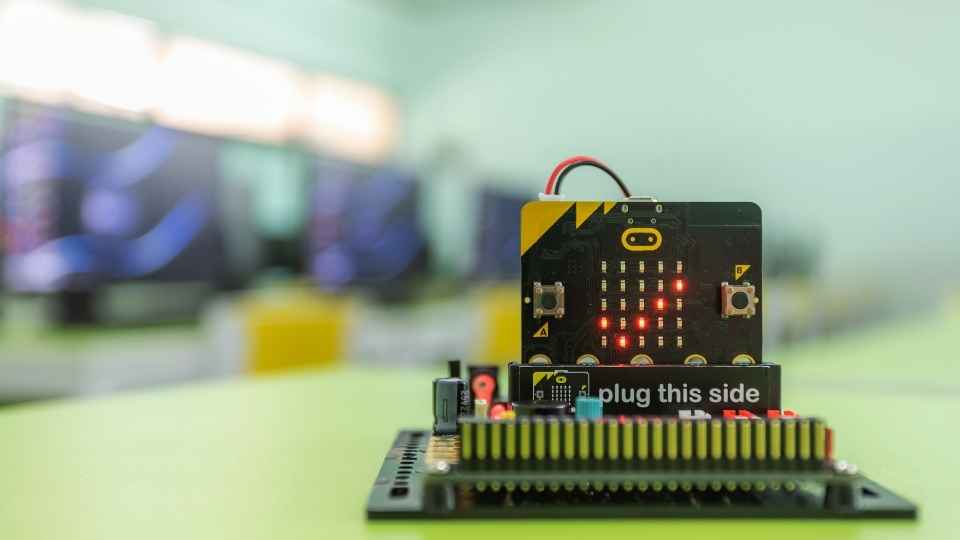
Can Field-Effect Transistors Be Used as Amplifiers Like Bipolar Transistors?
Yes, field-effect transistors can be used as amplifiers just like bipolar transistors. For example, in audio applications, field-effect transistor amplifiers can provide high fidelity sound reproduction with low distortion and noise levels.
Are There Any Alternative Transistor Technologies That Are More Advanced Than the Ones Discussed in This Article?
Yes, there are alternative transistor technologies that surpass those mentioned in this article. These advancements offer improved performance and efficiency, catering to the demands of a constantly evolving industry.
How Do Mosfets Differ From Other Types of Transistors in Terms of Their Structure and Operation?
Mosfets differ from other types of transistors in terms of their structure and operation. They have a different architecture that allows for better control over the flow of current, making them more efficient and suitable for high-speed switching applications.
What Are Some Common Applications of Advanced Transistor Technologies in Today's Electronics Industry?
In today's electronics industry, advanced transistor technologies find common applications in various devices. These include smartphones, computers, and even electric vehicles. Their efficiency and versatility make them indispensable components of modern technology.
 Basic Electronics ConceptsEssential ToolsCircuit Design BasicsMicrocontrollersDIY Electronics ProjectsRoboticsPrivacy PolicyTerms And Conditions
Basic Electronics ConceptsEssential ToolsCircuit Design BasicsMicrocontrollersDIY Electronics ProjectsRoboticsPrivacy PolicyTerms And Conditions
